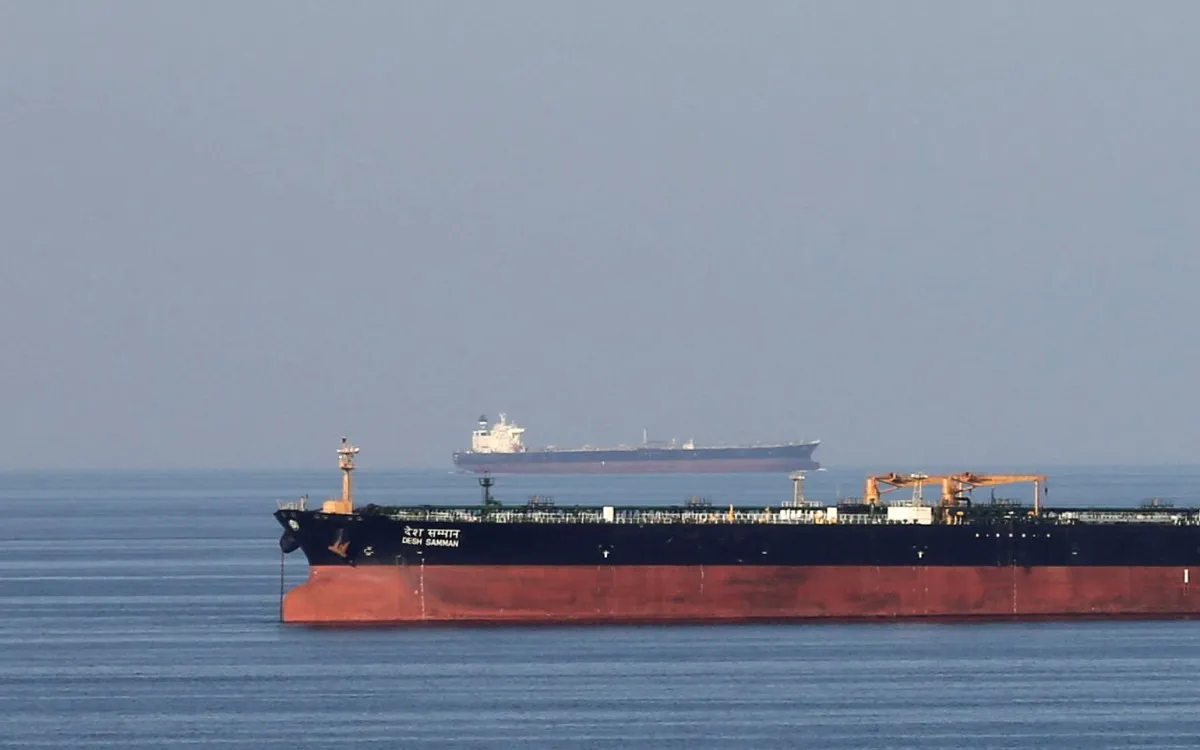
Amid the ongoing military operations in Gaza and escalating tensions with Iran, US President Donald Trump has made a controversial decision to bomb three Iranian nuclear sites. This unprecedented action has intensified fears of a potential regional conflict in the Middle East. Over the weekend, the United States military executed its first known airstrikes against Iran since the 1979 Islamic Revolution, which saw the fall of pro-Western Shah Mohammad Reza Pahlavi. In response, Tehran has vowed to retaliate, raising concerns about further escalation in the already volatile region.
During a recent address at the Organisation of Islamic Cooperation (OIC) meeting in Istanbul, Iran's Foreign Minister, Abbas Araghchi, expressed that the US has crossed "a very big red line" by targeting Iran's nuclear facilities. One potential method of retaliation mentioned is the closure of the Strait of Hormuz, a crucial maritime route through which approximately one-fifth of the world's oil supply—around 20 million barrels—is transported daily. Such an action could trigger a significant spike in energy prices worldwide.
The Strait of Hormuz is strategically located between Oman and the United Arab Emirates on one side and Iran on the other. It serves as a vital link between the Persian Gulf and the Gulf of Oman, extending to the Arabian Sea. At its narrowest point, the strait measures just 33 kilometers (21 miles) wide, with the shipping lane only 3 kilometers (2 miles) wide in both directions, making it particularly susceptible to disruptions.
Energy traders have been on high alert since Israel initiated a series of surprise attacks on Iranian targets starting on June 13, raising fears about potential interruptions to oil and gas shipments through the strait. Although the US and Israel have focused their efforts on critical aspects of Iran's energy infrastructure, maritime activity in the region has remained uninterrupted thus far. However, even prior to the recent US strikes, the escalating conflict had already caused a surge in ocean freight rates, with the freight intelligence firm Xeneta reporting a 55 percent increase in average spot rates month-over-month as of last Friday.
In previous instances, Iran has threatened to close the Strait of Hormuz, but such threats have never been actualized. According to Iran’s Press TV, the final decision to close the strait lies with the country's Supreme National Security Council, which recently received backing from parliament. However, the decision is not yet formal, as parliament has not ratified an official bill to that effect. A member of parliament's National Security Commission, Esmail Kosari, stated that while there is a consensus to consider closing the strait, the ultimate decision rests with the Supreme National Security Council. When questioned about the potential closure, Foreign Minister Araghchi declined to provide a straightforward answer, stating, “A variety of options are available to Iran.”
If Iran were to move forward with closing the strait, it might employ tactics such as laying mines across the waterway. The Iranian military or the Islamic Revolutionary Guard Corps (IRGC) could also seek to strike or seize vessels operating in the Gulf, a strategy they have executed in previous conflicts. Historical precedents include the "Tanker Wars" during the 1980s Iran-Iraq war, where both nations targeted commercial shipping to disrupt each other's oil exports. Tensions in the strait flared again in late 2007, resulting in several confrontations between Iranian and US naval forces.
Most recently, in April 2023, Iranian troops seized the Advantage Sweet crude tanker, chartered by Chevron, in the Gulf of Oman, though the vessel was released after more than a year of detention.
US Secretary of State Marco Rubio has urged China to persuade Iran against closing the Strait of Hormuz following the US airstrikes on Iranian nuclear facilities. Speaking to Fox News, Rubio asserted, “It’s economic suicide for them if they do it.” He emphasized that such a blockade would severely impact economies worldwide, particularly those of oil-importing countries. The closure of the strait would also adversely affect Gulf Arab states, who have criticized Israeli actions, as well as China, which imports nearly 90 percent of Iran’s oil exports (approximately 1.6 million barrels per day), despite facing international sanctions.
According to Goldman Sachs, a blockade of the Strait of Hormuz could push oil prices above $100 per barrel, leading to increased production costs and subsequently affecting consumer prices for essential goods, including food and clothing. If the conflict continues, oil-importing nations may experience heightened inflation and slower economic growth, potentially influencing central banks to reconsider their plans for rate cuts.
Historically, significant disruptions to global oil supplies have tended to be temporary. For instance, prior to the second Gulf War, crude oil prices surged by 46 percent in late 2002 but quickly reverted to previous levels before the US-led military intervention. Similarly, after Russia's invasion of Ukraine in February 2022, oil prices soared to $130 per barrel, only to return to $95 by mid-August. These rapid adjustments in oil prices were primarily due to the global spare production capacity and reduced demand resulting from the price hikes.